In spite of all the hype surrounding El Niño this winter (Godzilla El Niño, no less), it’s been a disappointing season for Los Angeles weather-wise. We’ve had rain, but not as much as the weather models predicted. And so it looks like California will be heading into its fifth year of drought.
For Angelenos, keeping a garden green has been a challenge these last few years, but it’s even more disheartening to see people rip up their lawns, only to replace them with a rocky landscape. Rocks, while water-conscious, do nothing to support the local ecosystem that depends on plants for food and habitat. But plants need water, so we’re caught in a catch-22.
Or are we?
When we think of gardens, we typically think of all the colorful annuals that fill flower beds every spring. Beautiful, but thirsty and short-lived.
Then there are native plants, which are often overlooked but starting to gain popularity in our drought-prone gardens. Native plants are species that are indigenous to the region; they may have occurred naturally for hundreds of years, or they may have adapted over time to the climate. In California, it’s estimated that over 6,300 native species exist — each one specially acclimated to the state’s diverse topographies, climates, and soils.

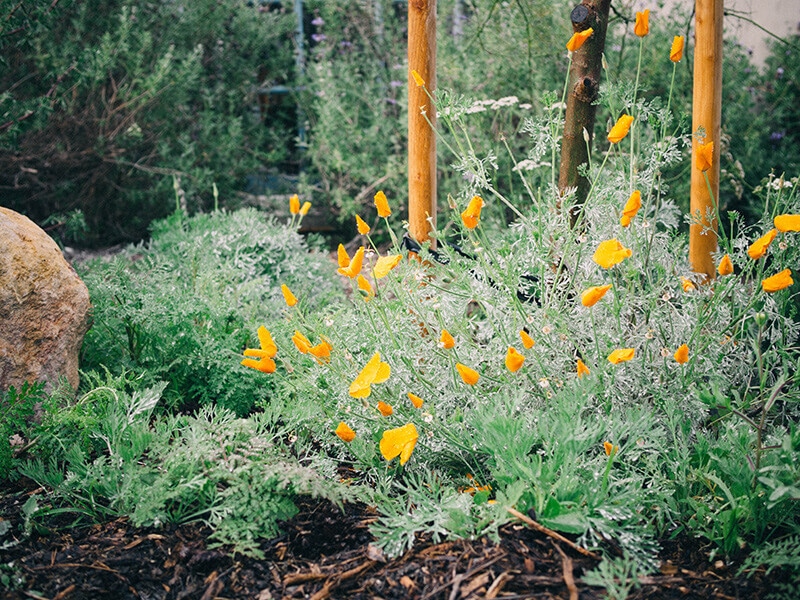
Because of this, native plants fall into a natural rhythm with our seasonal cycles. They flourish in our native soils without fertilizers and other soil amendments, they have fewer pest problems because they’ve co-evolved with native insects, and they supply our native birds, butterflies, bees, and other pollinators with food and shelter. In fact, certain species of birds and butterflies endemic to the state survive solely on our native plants.
Most importantly for California, native plants use up to 80 percent less water than conventional gardens once they’re established.
As we’re firmly entrenched in drought, that makes a strong case for not filling your landscape with water-intensive flora… or rocks, for that matter.
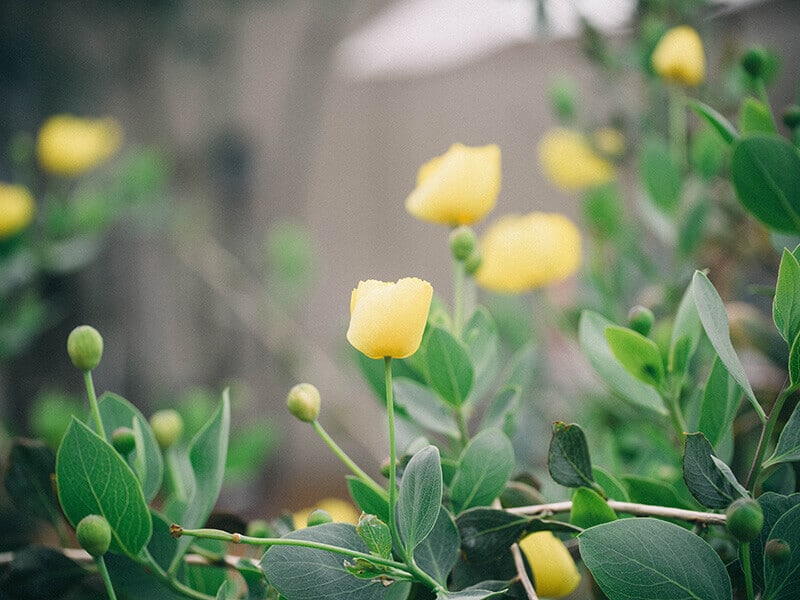
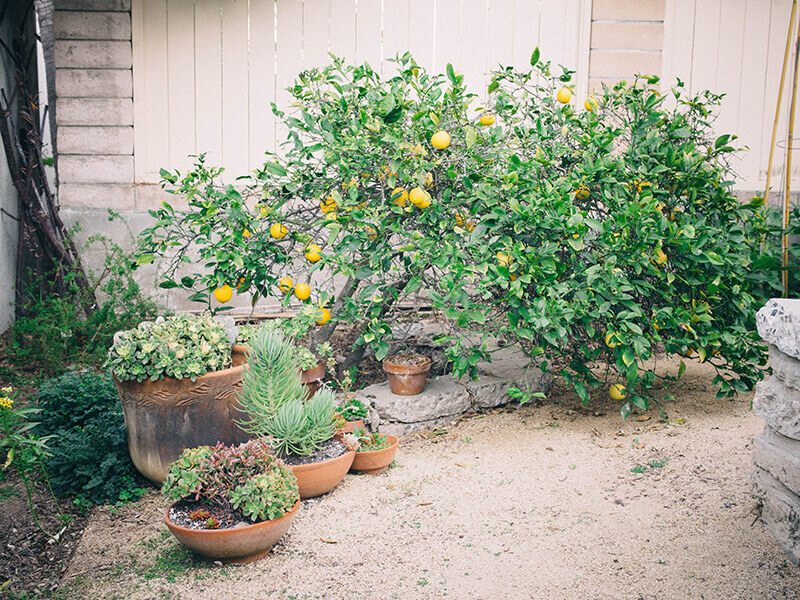
I’ll be honest: I used to think native plants equaled brown and bland. I’d hike our brown hills in summer and see grasses and sages in a spectrum of khaki, with the occasional pop of color from the wildflowers. But when I started gardening, and volunteering at our local park, and learning about the incredible array of native plants from the Theodore Payne Foundation, I realized that native plants come in every color, texture, form, and aroma, from the brilliant orange blooms of our beloved California poppy to the fragrant purplish-blue flowers of California lilac. One can have a cottage garden or a contemporary garden full of native plants that require a minimum of maintenance.
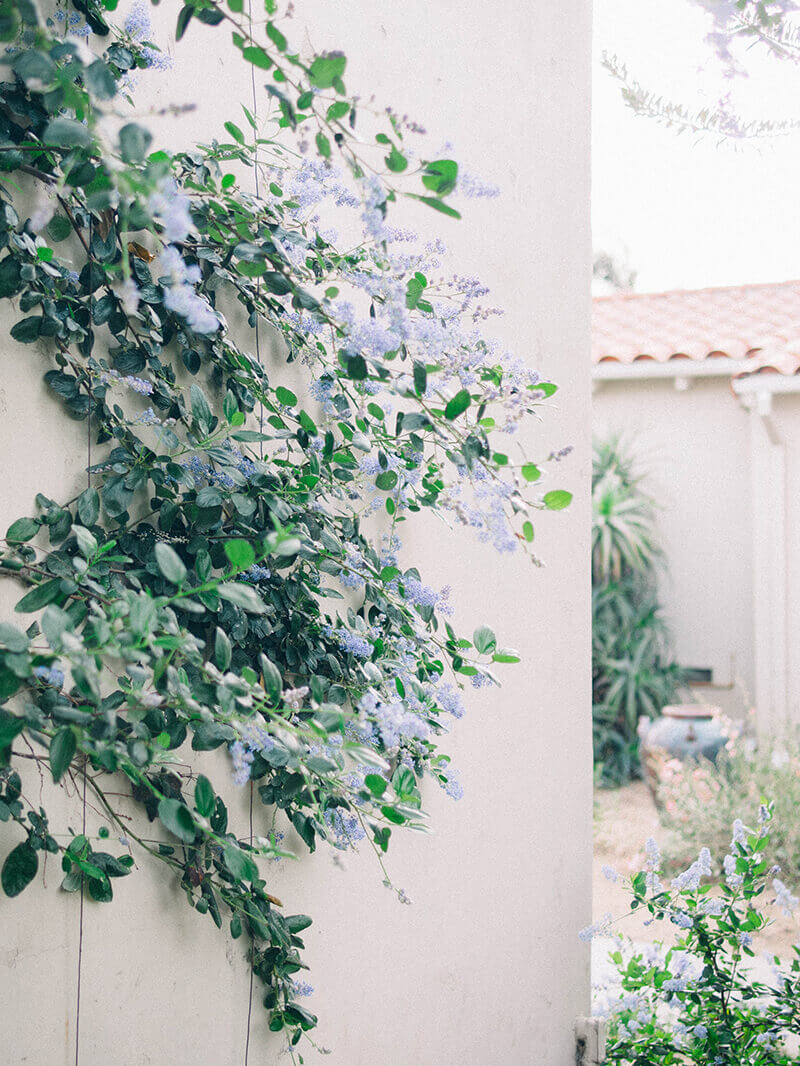

If you’ve been pondering how to make your garden more pollinator-friendly as well as wallet-friendly, consider putting in native plants. And next month, you can learn how!
On April 2 and April 3, 2016, the Theodore Payne Foundation is hosting their annual Native Plant Garden Tour in Greater Los Angeles. The tour is a self-guided journey through 41 inspiring gardens that show native plants existing in harmony with our local wildlife, soil, and climate.
Gardens in Los Angeles, West Los Angeles, and South Bay will open to the public on Saturday, April 2, while gardens in San Fernando Valley and San Gabriel Valley will open on Sunday, April 3. You’ll be able to meet the homeowners, designers, and docents at each of the gardens, tour their landscapes, learn about the plants, even pack a picnic to enjoy in their spaces.
All native plants are labeled on the tour, and many of the gardens utilize recycled materials, water catchment systems, and other features unique to the sites. You’ll learn how to convert lawns to native landscapes, address challenges like steep slopes and shady corners, create habitats for birds and butterflies, and plant beautiful gardens that incorporate edibles, containers, raised beds, no-mow meadows, and sustainable water features. While some of the spaces are professionally designed, many are a labor of love and built on a budget.
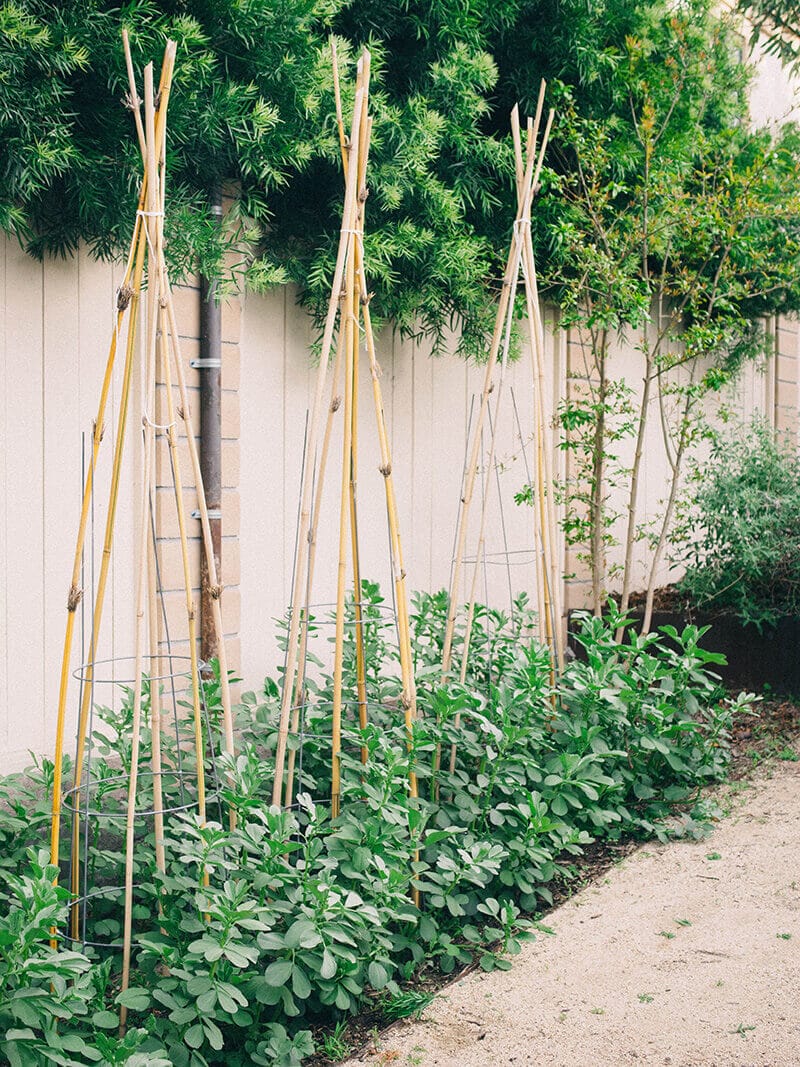
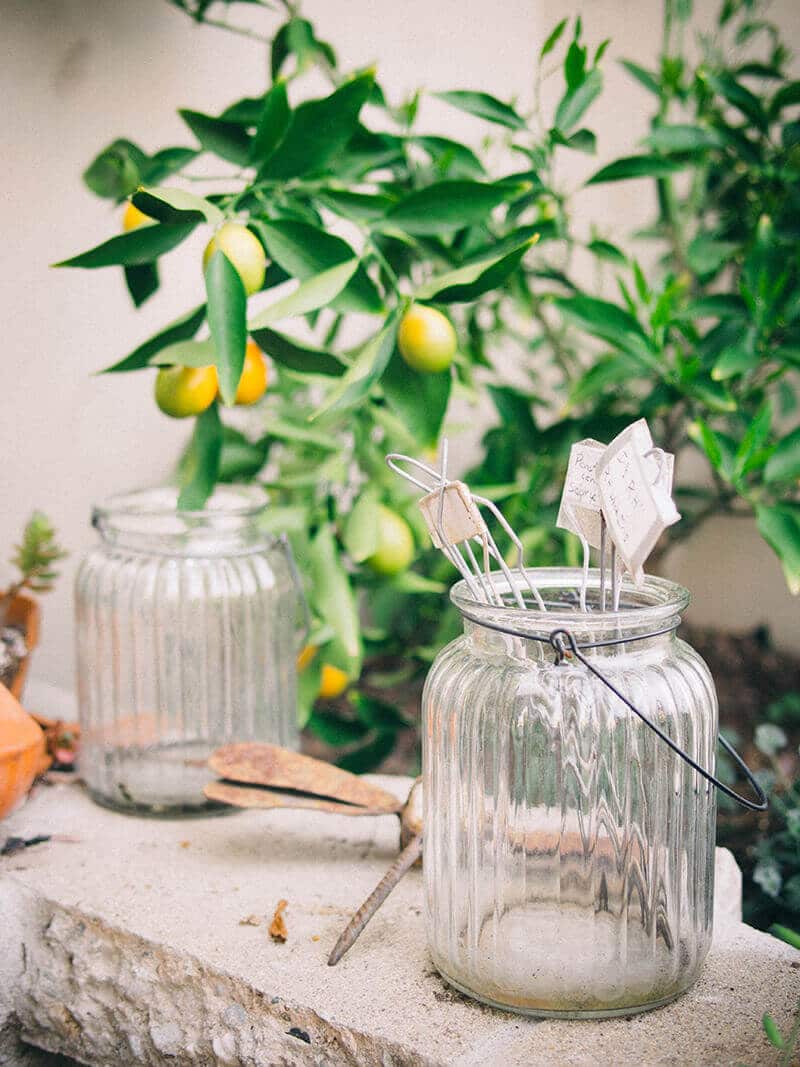
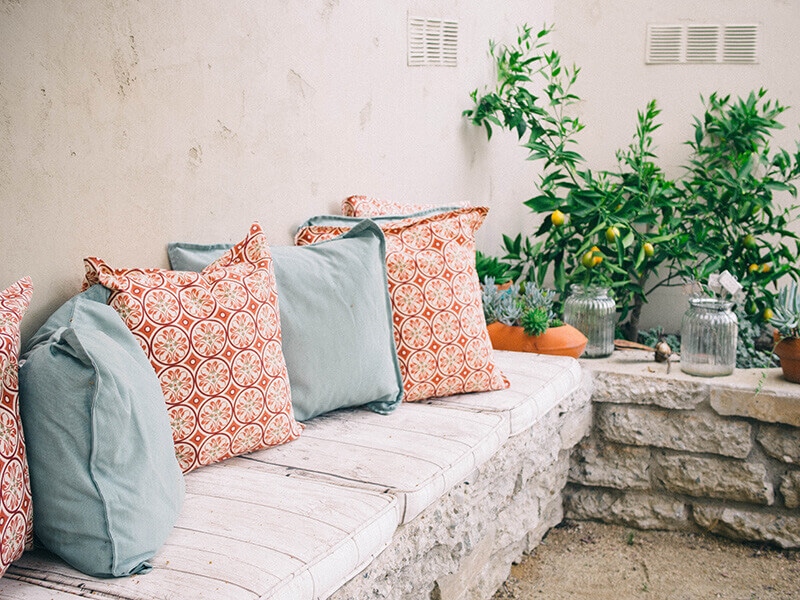
And did I mention that you can actually hang out in these gardens and enjoy them all day? The homeowner I met in Manhattan Beach, where these pictures were taken, said that on previous tours, people actually brought books and lunches! With such an open and friendly atmosphere, it’s sure to be a wonderful weekend for all.
Thanks to the Theodore Payne Foundation, I have three pairs of tickets to give away to Garden Betty readers!
The “tickets” include your official guide to the 2016 Native Plant Garden Tour, containing the addresses of every public and private garden on the tour, plus a pin that gains you entrance into each garden.
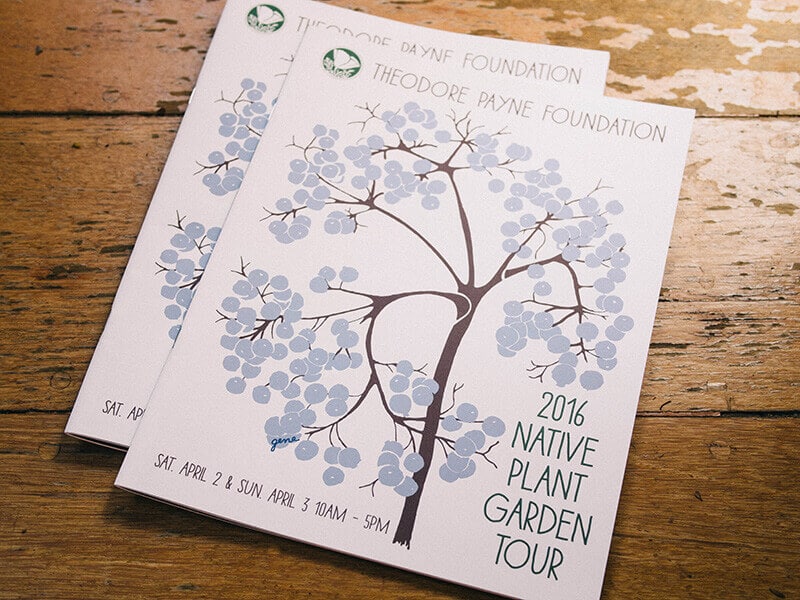
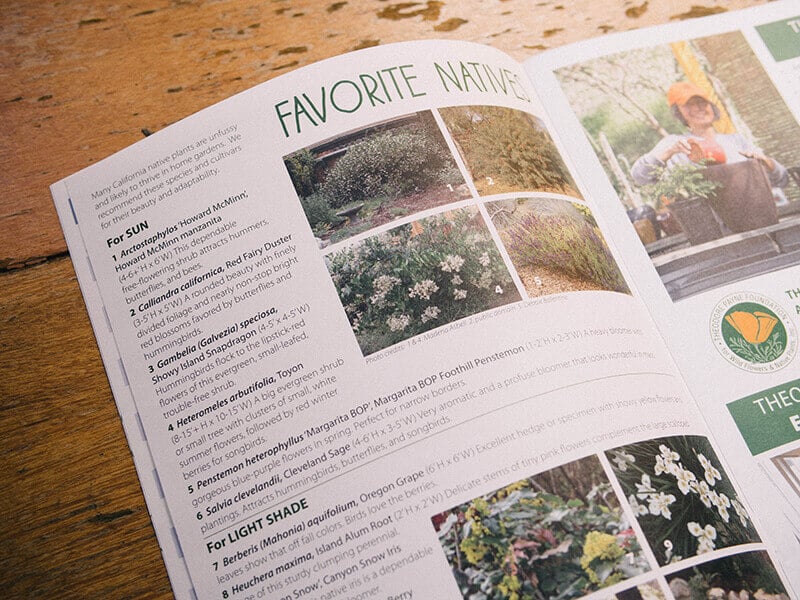
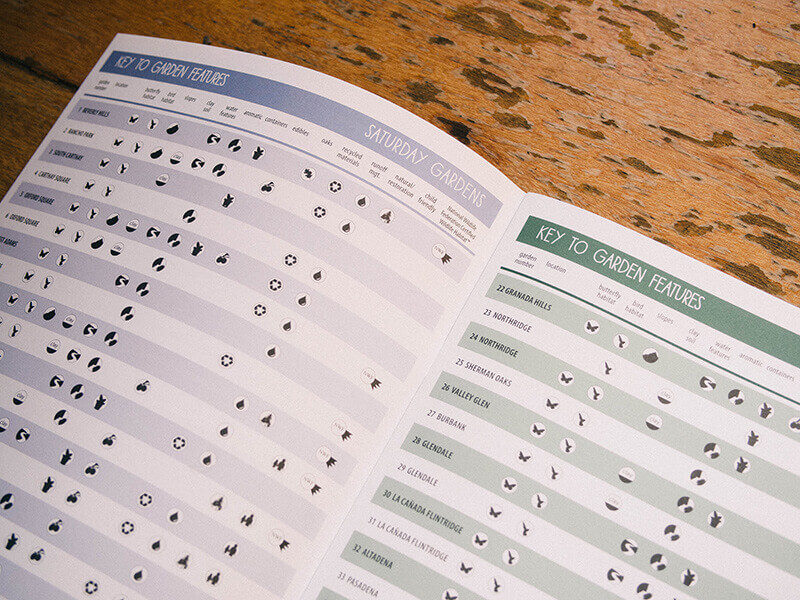
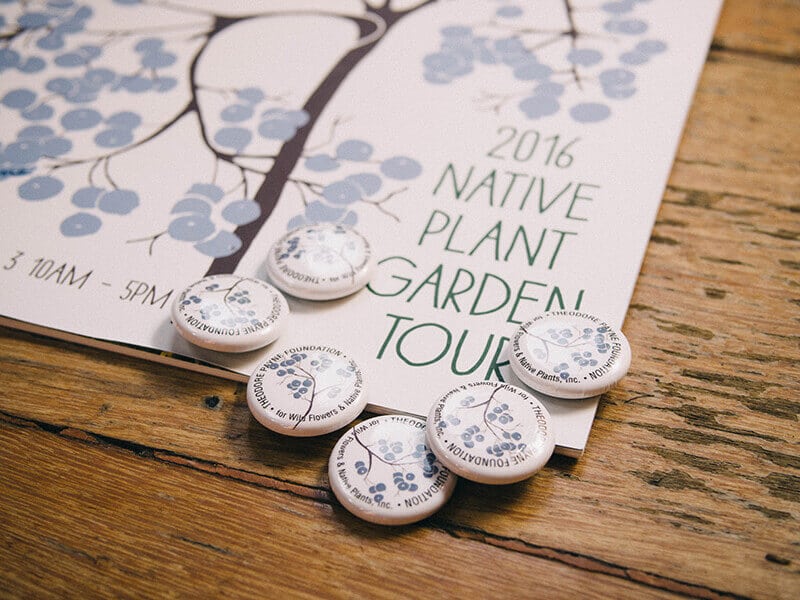
How to enter: Simply leave a comment on this post and tell me what’s going on in your garden this spring, or how the tour may inspire it! This giveaway is open to all in the Greater Los Angeles area, or anyone who plans to visit on those dates.
The giveaway will end at 11:59 PM Pacific Standard Time on Friday, March 11, 2016. Three winners will be drawn at random and announced the following week. Good luck!
Giveaway Rules
- Giveaway begins March 7, 2016 and ends March 11, 2016.
- No purchase is necessary. To enter, leave a comment on this blog post.
- Only US residents ages 18 and older are eligible to enter.
- One entry allowed per person.
- Odds of winning are based on number of entries received.
- Winners will be drawn at random.
- If winner does not respond within 48 hours after time of contact, that entry will be forfeited and a new winner will be drawn.
By the way, the tour recently lowered its ticket prices and is now offering a Drought Special:
- Single tickets: $25 for members and students, $30 for non-members
- Pair of tickets: $40 for members, $50 for non-members
Visit their site to learn more, and please share with your friends. The tour supports a great organization dedicated to a great cause!
Theodore Payne Foundation is providing the tickets for this giveaway. No compensation was received for this post.
Update: A big thanks to everyone who entered!
This giveaway is now closed. The winners are Kari, Angie, and Jayne.


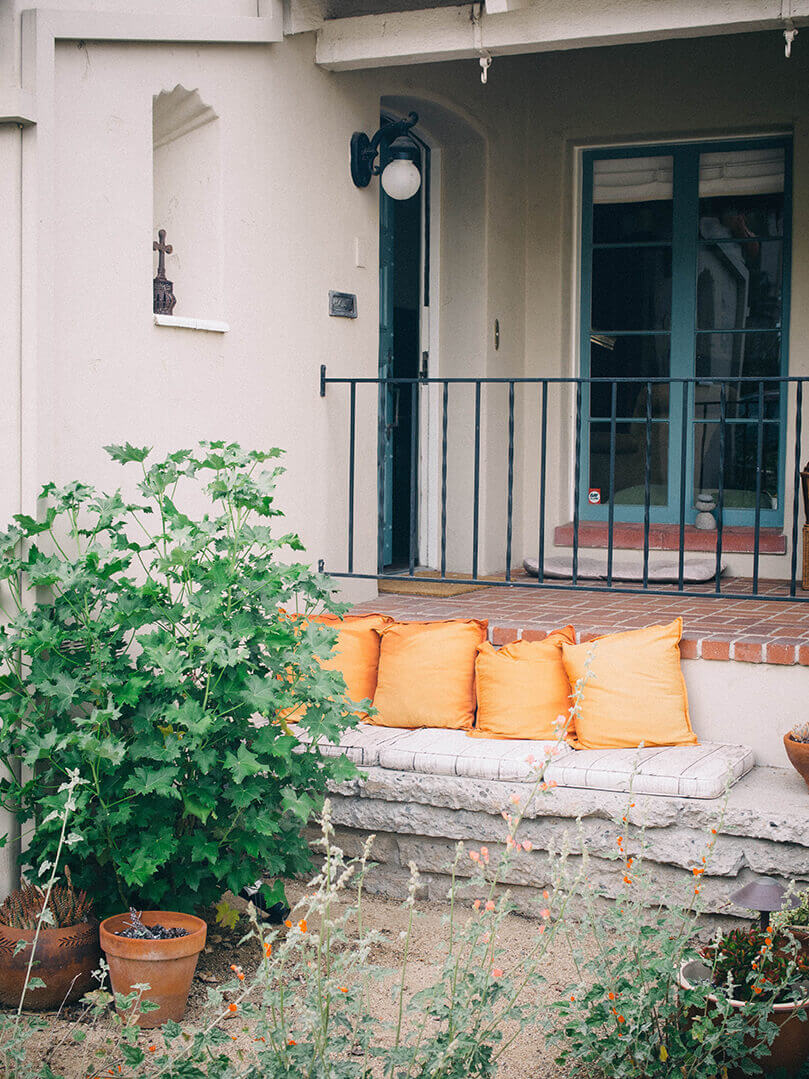













Hi Betty! I stumbled upon your blog a few weeks ago and have been hooked ever since. I too live in Southern California and have been obsessing about getting my little garden going! You have such amazing tips and gorgeous pictures. Love your blog, thank you so much!
Hi Linda! I have never been on a Theodore Payne Foundation Garden Tour and would love the opportunity to go! We have been incorporating succulents in our landscape for the past two years but our garden needs a pop of color. I would be very interested in how other gardeners are designing their landscape. It sounds like an amazing tour!
Angie F.
Hey Betty. Nice photos!! I work with an organization called GrowGood. We have a small urban farm / orchard at The Salvation Army Bell
Shelter, growing organic produce for the shelter kitchen. A fair
portion of our space is devoted to several hundred California natives.
In the early spring (now), they are the first place we see bees and
other pollinators crucial to abundance in the field. They’re beautiful,
aromatic, handle neglect, water thrifty, AND play host to
our little ‘farmer’ friends, the pollinators. Thanks Theodore Payne for this opportunity.
Whoever wins….enjoy this tour!!
I Love The Theodore Payne Garden Tour and have been several years and would like to go again this year.
My
back yard is still waiting for me to implement a plan and each year it
inches closer to the native, drought tolerant, low maintenance, with
some edibles yard of my dreams.
It’s
been going on 4 years since the lawn was taken out but most of the area
is still only a weed barrier covered with woodchips. There are three
different sages that can get quite lush, a dwarf lemon in a container
that would be happier in the ground, forth night lily, a neo orange rose
bush here when we bought the property and other miscellaneous plants
that come and go until a complete plan is implemented.
I would love to win the tickets for this years tour which is already on my calendar.
I hope I win!
Last year I went on the Thomas Payne Foundation’s Native Plant Garden Tour to get ideas for the finishing touches on my Long Beach Lawn to Garden Project.
I
completed the transformation in May, 2015. In less than a year I have
an amazing environment for wildlife, native plants and humans. I now
have a place to visit every morning to look for surprises such as new
tiny monarch caterpillars on my milkweed, sprouting wildflowers, the
first blue-eyed grass flowers of the season and more holes from racoons
digging for grubs!
I am so happy I made the change! It’s changed my life!
Looking forward to this tour. An article in the LA TIMES regarding the negatives of bare soil and neglected areas and purely hardscaped lawns (gravel, etc.) not being watered during the drought/at all and the effect on soil health was enlightening. I do container gardening and have steep slopes for other garden options and am transitioning to more water-wise plantings. Love California natives and succulents.